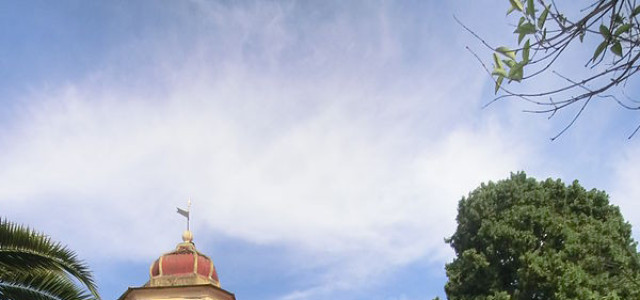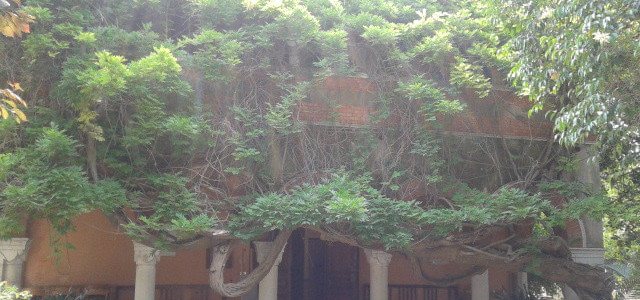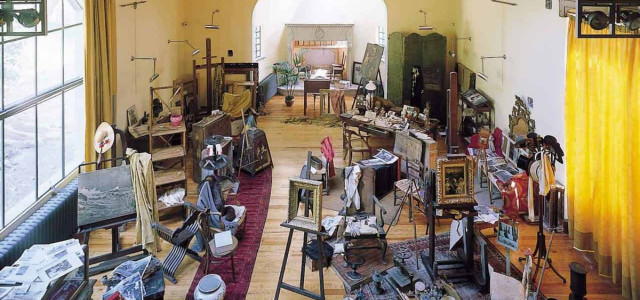Bordighera
Bordighera is a town and comune in the Province of Imperia, Liguria (Italy). History The city was founded around the 4th century BC by the Ligures. Historically, it has been a favourite winter resort, especially for visitors and retirees from England, and is renowned for its beautiful coast scenery. Its flowers and palms have been well known, with the flowers having been exported and the palms used on Palm Sunday at St. Peter's Basilica in Rome and other churches. A museum contains a unique collection of the flora of the Riviera. From 1682 until the Napoleonic period, Bordighera was the capital of a small republic of the villages of the neighboring valleys. Main sights Church of Santa Maria Maddalena (17th century). Lowe and Moren Gardens along the Via Julia Augusta (now Via Romana). Several buildings designed by Charles Garnier, architect of the Paris Opera, in particular the Villa Garnier on the Via Charles Garnier, and the Church of Terrasanta. Church of St. Ampelio Museo Biblioteca Clarence Bicknell houses the collections and illustrations of Clarence Bicknell. Culture The Scottish writer George MacDonald lived and worked for parts of the year in Bordighera. His house was an important cultural centre for the British colony. He is buried at the churchyard of the former Anglican church. John Goodchild also ran a medical practice here for a number of years. It was here that he bought the blue bowl which he later took to Glastonbury. Other famous British-Italians who wintered and were buried here were the writer Cecilia Maria de Candia and her husband Sir Godfrey Robarts Pearse. Claude Monet lived in Bordighera and painted numerous pictures of the town.Cecilia Maria de Candia, a novelist, spent seasons writing in residence and eventually retired to this community until her final days. Twin cities Villefranche-sur-Mer, France, since 1956 Neckarsulm, Germany, since 1963 External links Official Website (Italian) (English) City Info (Italian) Travel Guide (Italian) References





